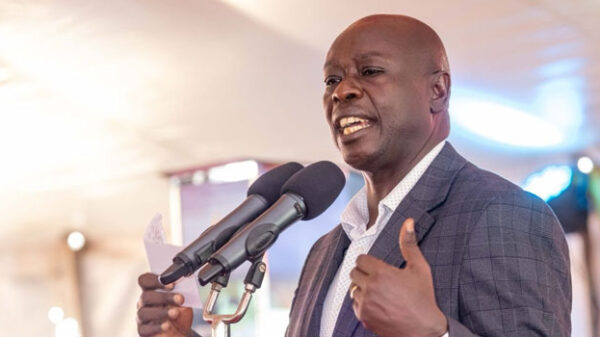By Margaret Matunda
The recent reports on teenage pregnancies and marriages in Kenya merits attention. Figures on children especially girls who missed national examinations amidst the COVID -19 pandemic is even worrying.
While poverty is given as among the key reasons behind the menace, we need re-look at the push and pull factors.
Early pregnancy and child marriages just like other harmful traditional practices have been outlawed in the country, but some communities are clinging on them hence frustrating efforts to eradicate them.We need a multi-prolonged approach to deal with these issue, that seem troubling and frustrating efforts to empower and educate the youth.
Many of these harmful practices have stood in the way of the development of children into meaningful adults as they negatively affect the socio-cultural and economic growth of those affected.
Initially, a number of people dismissed the media’s focus on the issue of teenage pregnancies within the context of national examinations after it was reported that a number of candidates had delivered within that period. But from data and studies from elsewhere, it is apparent that children must be shielded from harmful traditional practices that are prevalent in the country.
The campaign against such threatening practices such as early pregnancies and immature marriages in Kenya requires not only political will, but also mass social mobilization and changing social norms and mindsets, a role the media can play.
The media has the potential to influence national discourse on the issue, sway public opinion and assist in community mobilisation towards change of behaviour.
Sammy Muraya from Journalists for Human Rights program on voices of women and girls rights is emphatic that media is a critical player in the much needed behaviour change through social mobilization.
“We need to prepare and involve the media in the investigative aspects and civic education that is important to expose the push and pull factors that affect such practices that are a hindrance to the promotion of the rights of women and children.
We must all change the framing and narrative of these vices that many times we use good language to describe yet they are crimes” Muraya notes.
“Media must go beyond mere reporting on these human rights violations especially for girls and women to interrogate, expose, investigate, show trends and how other countries are handling the problem. We must involve media more creative and focused on these human rights violations” he notes.
The Constitution and in particular the Children’s Act outlaws child marriages and criminalizes the practice and provides heavy sanctions while at the same time providing new opportunities for total elimination of the practice.
The government in collaboration with various partners has devised methods devoted to education, community dialogues, engaging the youth, religious and traditional institutions, including other measures such as promotion of girls’ education as a protective measure.
The campaign against such traditional harmful practices in Kenya requires not only political will, but mass social mobilization and changing social norms and mindsets, a role that the community radio practitioners are well positioned to play.
Studies by the National Council for Population and Development on the sexual and reproductive health situation among young people and sexuality education made a number of disturbing observations.
Studies by the National Aids Control Council indicate that Kenya has made great strides towards bringing the national HIV prevalence from a high of 14 percent down to 5.9 per cent1 in 2016.
Young people however, are increasingly most affected by HIV with 29 percent of all adult new infections occurring among adolescent girls and young women (AGYW).
There are more than 350,000 children and young people living with HIV. According to Kenya’s last demographic health survey, only 54 percent of AGYW and 64 per cent of adolescent boys and young men have comprehensive knowledge of HIV.
Teenage pregnancy is a serious concern with 18 percent 4 of adolescent girls aged 15-19 years already carrying the burden of childbearing. Young people also face challenges related to gender-based violence.






















































